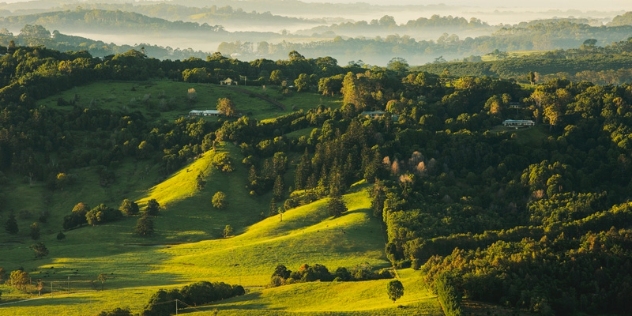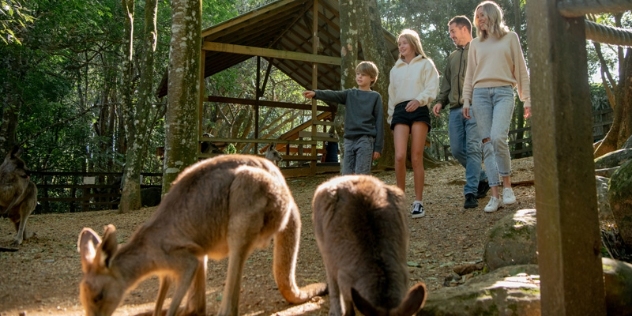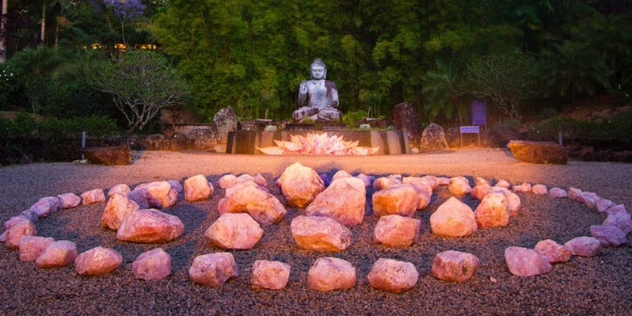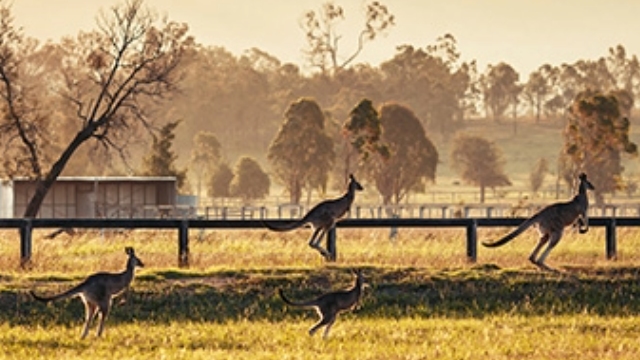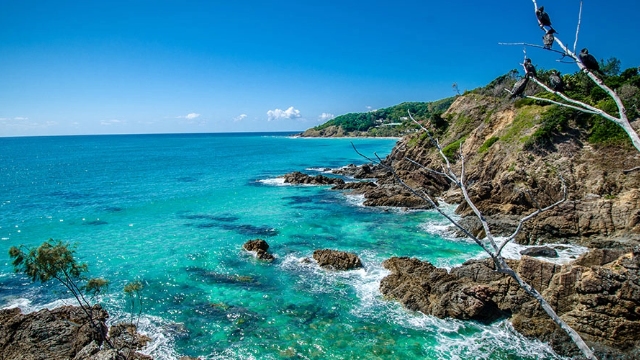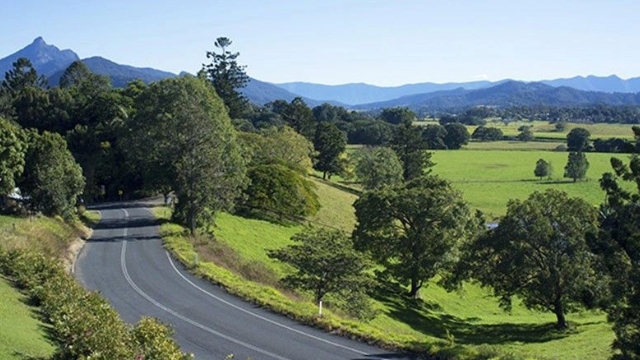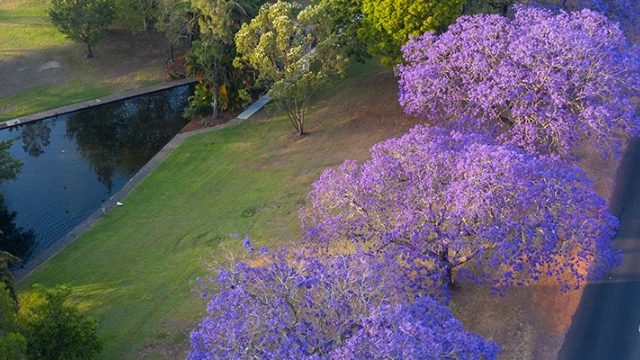Stop 1: Step back in time through ancient rainforests
The stretch of hinterland around the Ballina and Byron Shires is home to some of the last remaining pockets of the Big Scrub lowland subtropical rainforest. Setting out from the village of Wardell on Richmond River near Ballina, head through the township of Dalton to reach Victoria Park Nature Reserve. Here, a 300-metre-long boardwalk whisks you back in time to one of the last echoes of the epic Gondwana Rainforest, which grew in this region around forty million years ago. Giant strangler figs climb towards the light, inquisitive echidnas and grazing pademelons scurry into the bush when disturbed, and the sound of your footsteps is swallowed by the dense rainforest canopy.
